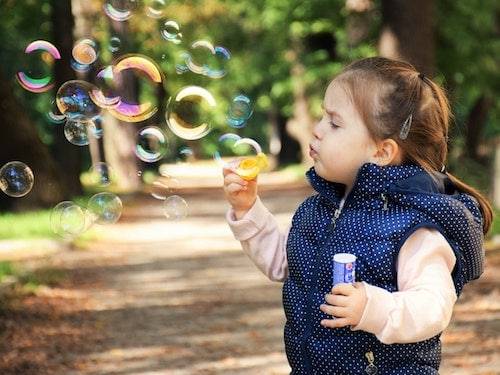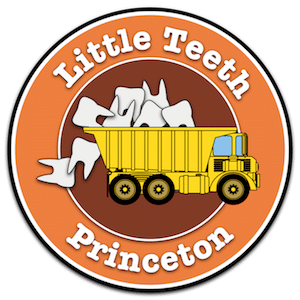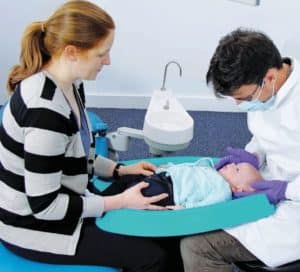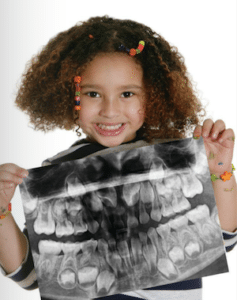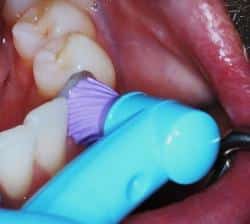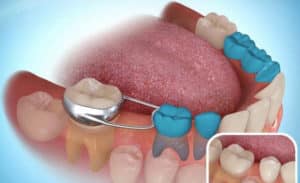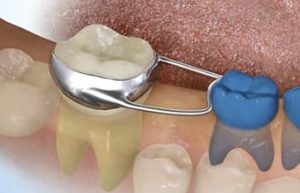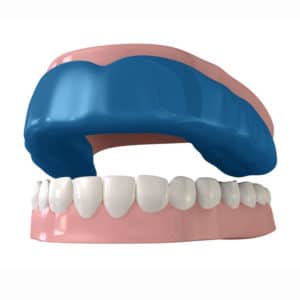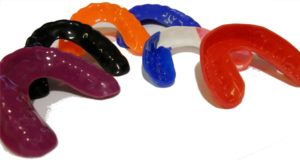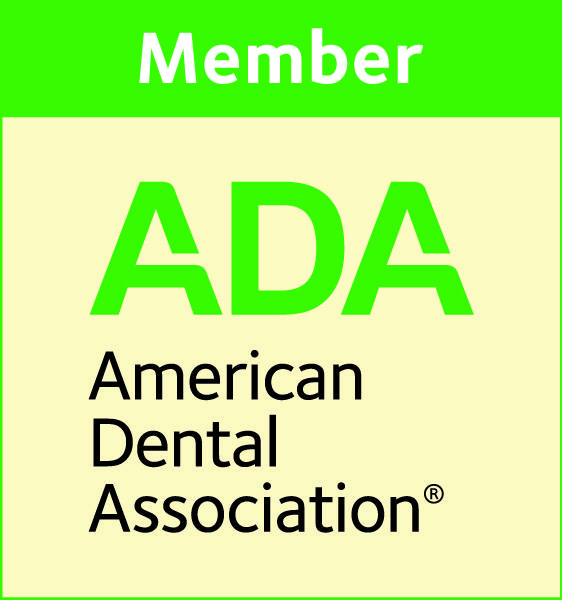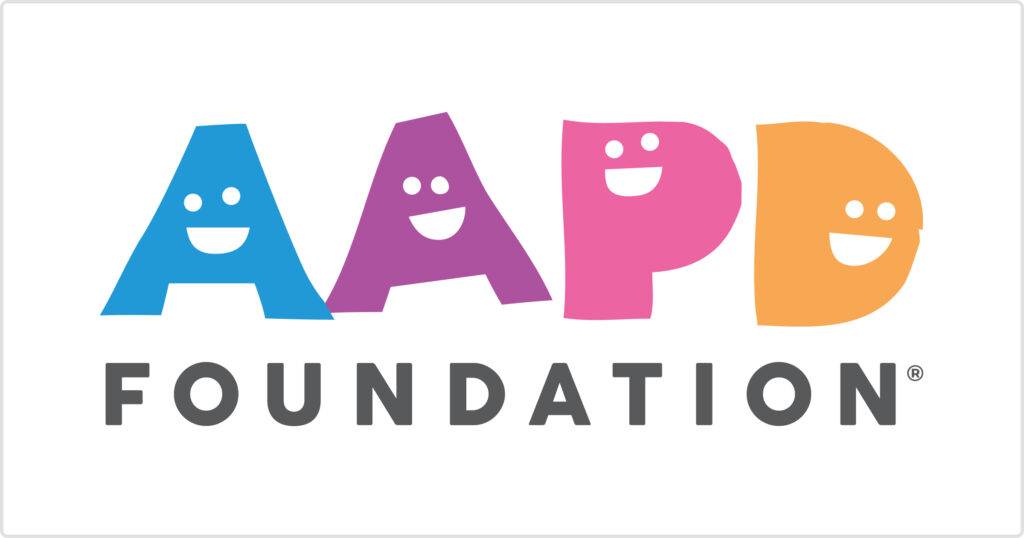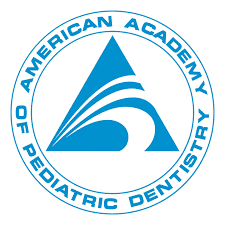Our Dentists
Our experienced dentists are always there to help you when you need them.
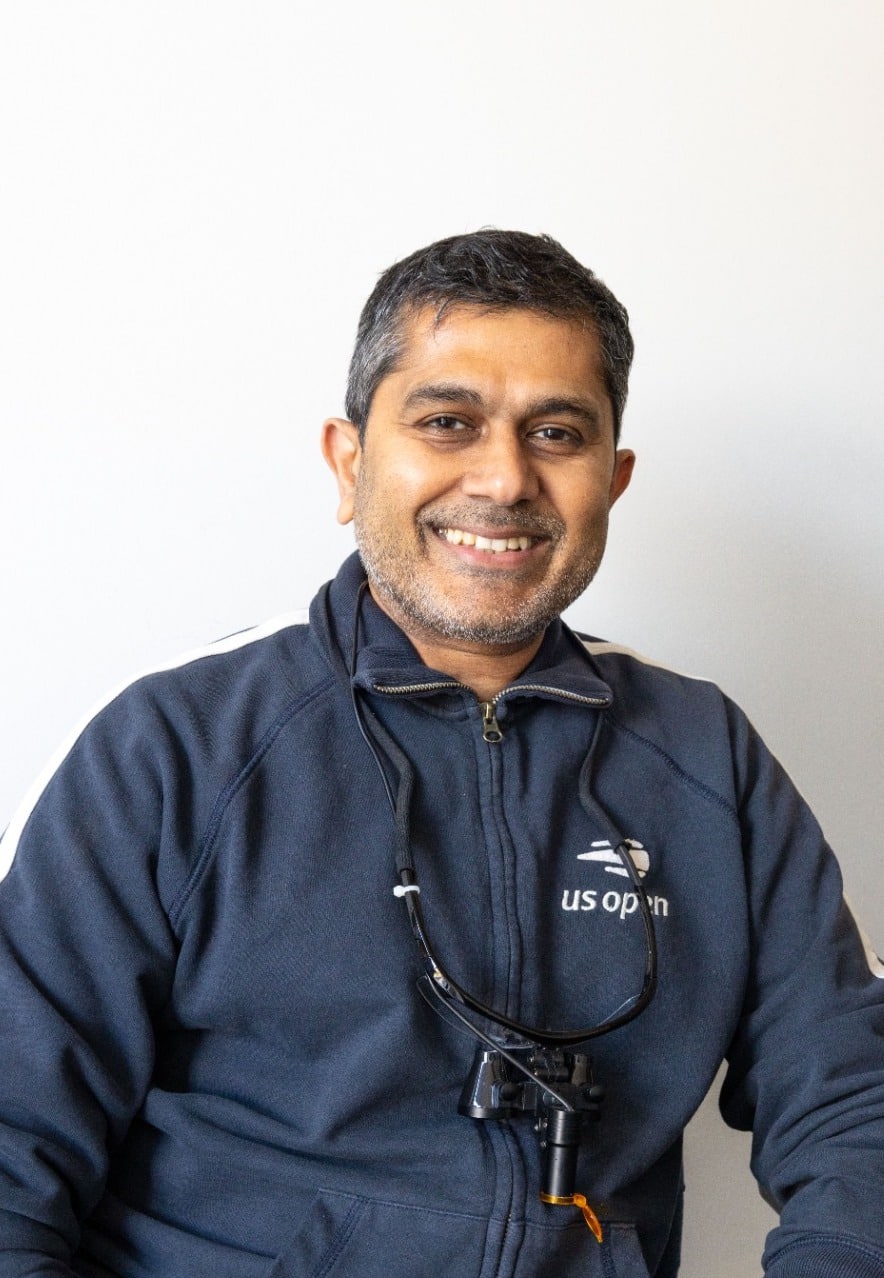
Sathish Iyer
PEDIATRIC DENTIST
Dr.Iyer graduated dental school from New York University School of Dentistry in 2003. He graduated Pediatric Dentistry from Staten Island University Hospital in 2011. Dr.Iyer also has a Masters Degree in Orthodontics from India. Dr.Iyer was born and raised in India where he got his basic training in Dental school. He then moved to the US and went through the rest of his dental education.
Dr.Iyer loves practicing pediaric dentistry not only beacuse he loves working with kids but also he has a natural flare for it. Dr.Iyer is also a clinical associate at Penn Dental Medicine in the Dept of Pediatric Dentistry, where he teaches the PEDIATRIC DENTAL RESIDENTS. Dr.Iyer is married and has 3 children. They live in Princeton, NJ. Besides pediatric dentistry Dr.Iyer loves working on computers and cars is an ardent fan of Formula I car racing

Dr.Aamna
PEDIATRIC DENTIST
Dr. Aamna Ali grew up in Minneapolis, Minnesota and attended the University of Minnesota for her undergraduate studies, where she obtained a Bachelor’s degree in Biology and Physiology. She continued on to complete her Doctorate of Dental Surgery at the University of Minnesota School of Dentistry where she was actively involved in clinical research with the Cleft Palate Team/Craniofacial Clinic as well as the department of Oral Radiology.
In her free time, Dr. Ali loves reading, trying her hand at cooking various cuisines, experiencing new cities, and spending time with her family. She currently lives in Central Jersey with her husband and two adorable sons.

Dr.Danny
Pediatric dentist
Dr. Danny was born and raised in Fremont, California, situated in the San Francisco Bay Area. For his undergraduate studies, he attended the University of California, San Diego (UCSD), where he earned a bachelor’s degree in General Biology. During his time at UCSD, Dr. Danny was actively involved with the UCSD Pre-Dental Society, volunteering chair-side with dentists to provide dental care to underserved adults and children, both locally and overseas.
He continued his dental education in Utah, ultimately obtaining his Doctor of Dental Medicine from Roseman University of Health Sciences. Upon graduation, he relocated to Philadelphia and completed his pediatric dental training at St. Christopher’s Hospital for Children. During this period, Dr. Danny played a significant role in the development of specialized programs for dental care tailored to individuals with special healthcare and sensory needs, collaborating with experts in psychology, behavior, and special needs specialties.
Dr. Danny is currently board-eligible for the American Board of Pediatric Dentistry, demonstrating his commitment to excellence in the field of pediatric dentistry.

